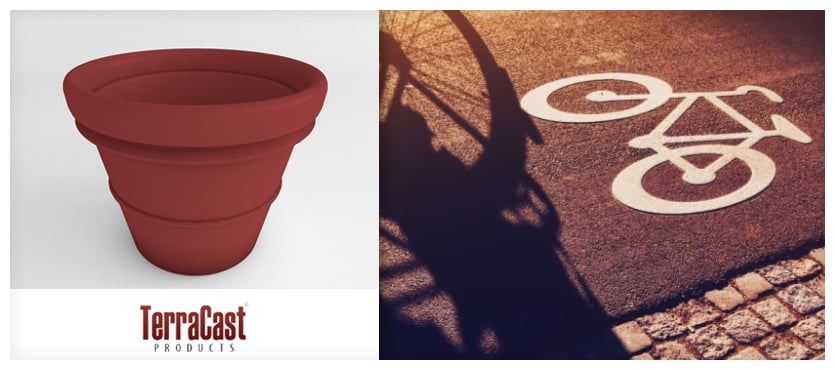In recent years, cities around the world have been investing in the creation of bike lanes as part of a broader push for sustainable urban mobility. Bike lanes not only promote healthier lifestyles but also reduce traffic congestion, lower emissions, and create safer streets for cyclists and pedestrians alike. As the demand for alternative transportation grows, the implementation of bike lanes has become an essential feature in modern city planning, offering a convenient and eco-friendly option for urban commuters.
Benefits of Bike Lanes in Urban Spaces
Bike lanes provide numerous advantages for both individuals and cities as a whole. They encourage people to choose cycling over driving, reducing the overall number of cars on the road and, in turn, decreasing air pollution, carbon emissions, and traffic congestion. By offering a safe, designated space for cyclists, bike lanes also reduce the risk of accidents and make commuting by bike a more viable option for a wider range of people.
Cities that invest in bike infrastructure often see improvements in public health as well. Cycling is a low-impact exercise that promotes cardiovascular fitness and mental well-being. As more people adopt cycling as their primary mode of transportation, cities benefit from healthier populations, leading to reduced healthcare costs and a more active, engaged community.
The Role of Planters in Bike Lane Design
Planters have become a popular feature in modern bike lane designs, serving both functional and aesthetic purposes. In many urban areas, planters are used as barriers to separate bike lanes from vehicle traffic, providing an extra layer of safety for cyclists. These planters, often made from durable materials like resin, create a physical barrier that is difficult for cars to cross, effectively reducing the risk of accidents.
Beyond safety, planters also contribute to the beautification of city streets. By incorporating greenery into bike lane designs, cities create more visually appealing streetscapes. Planters filled with flowers, shrubs, or even small trees not only enhance the look of the bike lanes but also improve air quality and support urban biodiversity. In this way, planters serve as both a practical and eco-friendly addition to urban bike infrastructure.
Why Resin Planters Are Ideal for Bike Lanes
Resin planters are particularly well-suited for use in bike lane projects due to their durability and low maintenance requirements. Unlike concrete or metal barriers, resin planters are lightweight, making them easy to install and move if needed. They are also resistant to weathering and UV damage, ensuring that they maintain their appearance and functionality over time.
In addition to their practical benefits, resin planters can be customized in terms of size, shape, and color, allowing city planners to design bike lanes that are both safe and visually cohesive with the surrounding environment. Their ability to blend aesthetics with functionality makes resin planters a top choice for urban bike lane barriers.
How Bike Lanes Impact Urban Design
The integration of bike lanes into urban planning has a ripple effect on city design as a whole. With more space dedicated to cyclists, cities are forced to rethink the layout of their streets, often reducing the amount of space allocated to cars. This shift in priorities reflects a growing focus on pedestrian-friendly environments and public transportation, marking a significant change in how cities are structured.
Bike lanes can also increase property values in neighborhoods where they are introduced. Studies have shown that homes and businesses located near bike lanes tend to be more desirable, as the presence of bike infrastructure indicates a commitment to sustainability, safety, and quality of life. By making urban areas more accessible and attractive, bike lanes contribute to the overall revitalization of city neighborhoods.
The Future of Bike Lanes in Cities
As cities continue to grow and evolve, the demand for sustainable, alternative transportation options will only increase. Bike lanes, along with improved public transportation systems and pedestrian pathways, are a crucial part of this shift toward greener, more livable cities. In the future, we can expect to see more innovative designs for bike lanes, incorporating advanced materials like resin planters, smart technologies, and eco-friendly infrastructure that promotes a healthier, more connected urban lifestyle.
Planters as Essential Elements in Bike Lanes
The growing popularity of bike lanes in cities highlights the need for safe, functional, and aesthetically pleasing designs. Resin planters, with their durability, versatility, and eco-friendly benefits, play a vital role in creating effective barriers that protect cyclists while enhancing the beauty of urban streets. By integrating planters into bike lane designs, cities can create spaces that promote safety, sustainability, and community well-being. To learn more about how TerraCast® resin planters can contribute to your city’s bike lane projects, feel free to contact us today.

